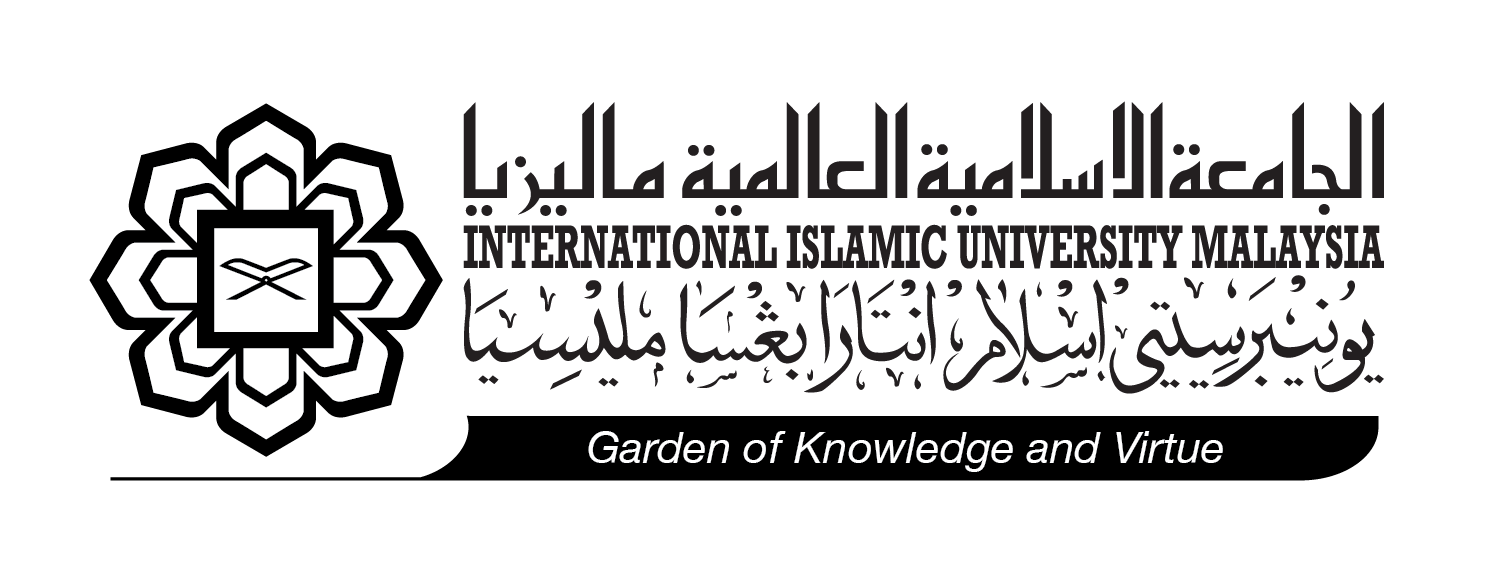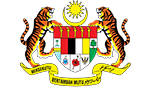Berita

Time to consider al-ijarah muntahia biltamleek home financing
Tarikh : 28 May 2018
Dilaporkan Oleh : dsh
Kategori : News
Tweet This
The Borneo Post (Sabah) - 28 May 2018
- By Dr Hanudin Amin
By definition, al-ijarah muntahia biltamleek refers to a finance lease that includes a promise by the lessor to transfer the ownership in the leased asset to the lessee, either at the end of the duration of the ijarah period, or by stages during the duration of the contract.
In more detail, the customer signs Sales and Purchase Agreement (SPA) and pay a deposit of 10% of purchase price to the developer. SPA grants beneficial ownership to the customer. The customer will sell the beneficial ownership of the house to the bank, while the latter will pay the developer the remaining purchase price. In other words, the bank purchases the house outright and then leases it out to the customer, in return for rental payments over a fixed period. In its simplest form, rental payments are also referred to monthly instalments.
Upon expiry of the leasing period, the bank will transfer the ownership of the house to the customer via a sale contract or a gift. The former denotes that the bank sells the house at nominal value to the customer. In this case, nominal value is selling price. The nominal value is paid on instalment. The latter denotes that the bank is obliged to transfer the house bought by the customer, when the last payment is made by the customer. Combined together, al-ijarah muntahia biltamleek has two major contracts, firstly, a lease over the lease period, and secondly, a transfer of ownership at the end of contract. Hence, it is explicated that, on consensus, a house under al-ijarah muntahia biltamleek home financing is subject to the transfer of ownership from the bank to the customer after the latter has paid all rental payments needed, in return the customer gets the full ownership of the house transacted.
In this write-up, we offer two tenets. The first tenet is in terms of parties involved. In al-ijarah muntahia biltamleek home financing, two important parties are involved that include the bank and the customer. The former is the beneficial owner of the house or the lessor who gives the lease to the latter. The latter is the customer or the lessee who leases the house from the former. The second tenet is in terms of subject matter of the lease, which is of two components, first the leased house, and second, the lease payment or rental that is the agreed rental over a specified leasing period and the usage of the usufruct.
Taken as an example, Kuwait Finance House, Malaysia offers al-ijarah muntahia biltamleek home financing to its prospective customers. The facility is offered for a complete house, which is also offered to individual or join individuals. Rental rate is measured on the basis of profit rate or base rate (BR), which is fluctuated according to the economic performance of the country. Like any other Islamic home financing products, the monthly instalment for this product is also computed using present value of annuities (PVA). The only difference is found in terms of terminology used to reflect rental rate while others employ profit rate. Today, however, these terminologies - be it profit rate or rental rate, are used interchangeably, since both share the same BR determined by the internal management of the bank, after taking into account the overnight policy rate (OPR) drawn from Bank Negara Malaysia (BNM).
Using PVA, I provide an example. Assume, a customer named Nasrullah approaches a bank named Nasrudin Islamic Bank. In this case, the customer asks for RM200,000 financing facility without a deposit. The deposit rate is 0% while the financing margin is 100%. Furthermore, the facility provided has a tenure of 30 years and a profit rate of 4.5%. On the basis of PVA, the monthly instalment is RM1,013.37, of which the profit portion is RM457.82 and the principal portion is RM555.56. The total profit at the end of 30 years is RM164,813.42, while the total payment amount at the end of 30 years is RM364,813.42. After the 360 payments, the bank is able to retrieve the principal amount provided to the customer. Needless to say, the formula used is also the same as musharakah mutanaqisah and bay bithaman ajil home financing facilities.
In this study, the modus operandi is provided as follows: Firstly, the customer recognises the house he aims to buy. The house should be the complete asset and the purchase price is RM200,000 (assume). Secondly, the customer approaches the bank to obtain a financing facility to buy the house. Typically, the customer is required to pay at least 10% of the house price as a deposit to ensure the bank is able to purchase the house from the developer.
This means that the customer needs to pay RM20,000 as a deposit to the developer or to the bank, while RM180,000 is provided by the bank. Thirdly, after this takes place, the bank becomes as the beneficial owner and leases it out to the customer according to the duration of the leasing. The customer is required to pay a monthly instalment of RM1,013.37 (Rental rate=4.5%, Duration=30 years). Fourthly, after the completion of required instalments or rental payments, the bank will transfer the house to the customer.
There are, however, some potential pitfalls pertinent to the al-ijarah muntahia biltamleek home financing facility. These include: First, receptiveness risk - If potential customers find out that Islamic banks are offering the facility but the latter are not serious to promote it, they may not think to choose it or to be selected as the last alternative.
Second, poor distinctiveness - In a dual mortgage industry, however, there is not much of an opportunity for prospective customers to differentiate alijarah muntahia biltamleek home financing from other alternatives due to time, accessibility, space and information constraints. Worse comes to worst, the supply alone is expected to create the demand.
Third, market cannibalisation - Higher scalability is directed for tawarruq and musharakah mutanaqisah at the expense of alijarah muntahia biltamleek home financing. The product tends to be archaic and under-selected.
Fourth, errancy on the asset’s ownership - Current practice does not register the name of the lessor as a registered nominee instead of the registered tenant’s name. In fact, however, BNM (2010) allows the lessor as the actual owner although his name is not registered. The reasons are twofold, firstly, it is the beneficial ownership by the bank, and secondly, the lessee is only the registered owner.
To sum it up, al-ijarah muntahia biltamleek home financing is still in infancy stage compared with other Islamic home financing products. Despite this hitch, this financing facility is quite distinct. It provides more financial menus and mortgage flexibility when customers patronising Islamic banks for Islamic home financing facilities. With veracious measures, this facility can help Islamic banks to stay competitive and responsive to the demand of communities they serve.
*The author is an Associate Professor at the Labuan Faculty of International Finance, Universiti Malaysia Sabah, Labuan International Campus. He has a PhD from the International Islamic University Malaysia (IIUM) in Islamic Banking and Finance (PG310163). He can be contacted at hanudin@ums.edu.my
Read more: https://www.pressreader.com/ma...








